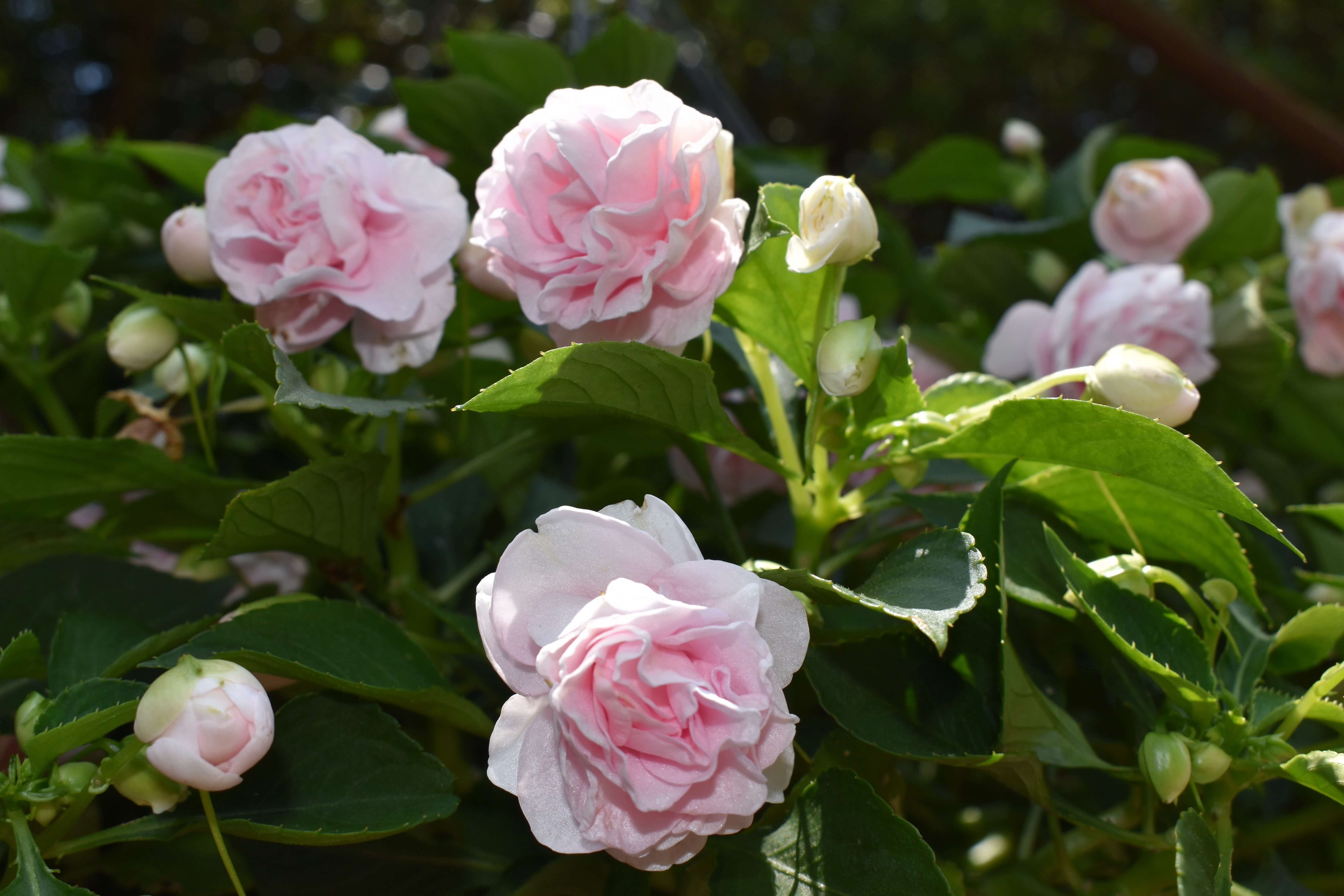From poinsettias to cyclamen and showy amaryllis to Christmas cacti, plants are popular holiday and hostess gifts.
Receiving a living plant as a gift is a treat. Caring for them can draw mixed emotions. Fear not. By learning just a little about a plant needs, you can keep your gifts flourishing through the season and sometimes for years after.
Here are a few tips from University of Georgia Cooperative Extension to help you care for common gift plants.
Poinsettias
Poinsettias come in several colors - including scarlet, ivory, pink and mauve - and have been a favorite holiday plant in the United States for many years. The “flowers" are actually colored leaves, called bracts, which surround the true, tiny yellow flowers in the middle. The colorful bracts may stay bright for months with proper care.
Bright, indirect light and frequent watering are essential. Poinsettias need at least six hours of bright light a day to keep blooming for more than a couple of weeks. Temperatures between 65 and 70 degrees are ideal for poinsettias. Keep them out of drafts and away from direct heat sources like fireplaces and heat vents.
Water when the soil surface feels dry and just until water drains out of the bottom of the pot. Do not let them stand in water-filled saucers because poinsettias are susceptible to root rot.
To keep poinsettias as foliage plants, cut the plant back to about 10-inches when the colored bracts begin to fade in early spring. Feed with a standard houseplant food and repot in a slightly larger container to encourage root growth.
By late spring, your poinsettia should have lots of new green bracts and can be moved outside to a sheltered position until frost. It can be maintained as a striking foliage plant for many years, but reblooming requires a strict regimen of dark periods and light.
Cyclamen
Cyclamen are usually available from October through March. Its graceful, winged flowers of pink, rose, white or crimson rise on long stems above distinctive, heart-shaped leaves that are often handsomely marked.
Given cool growing conditions in a well-lighted spot out of direct sun, cyclamen can bloom for several months. Cool temperatures between 50 and 60 degrees are the key to making the flowers last longer. Cooler temperatures can generally be found at an east or north facing window during the winter.
The soil should be kept moist, but the pots should not stand in water. Cyclamen are easily damaged from overwatering and under watering.
Cyclamen are perennials with thick, tuberous roots, which can last for years. They require rest after blooming. Gradually withhold water until the leaves die back and do not water again for six weeks. New foliage will appear after watering resumes. Bright light and cool temperatures may produce a plant that will reflower.
Holiday Cactus
There are three types of related species that look like Christmas cacti. They bloom at different times of the year and can be found in flower at Thanksgiving, Christmas and Easter. All require bright sunlight and moderate moisture levels. South windows are excellent locations for holiday cactus. After the six weeks of blooming, remove spent flowers and apply a houseplant fertilizer.
Holiday cacti can be grown outside in semi-shade locations. Stem pieces of three segments or more are easily propagated.
Amaryllis, Easter lily and chrysanthemum are also popular holiday gift plants. The key to keeping them healthy is mainly common sense. Pay attention to the plant’s care label. All plants need water, but very few do well when left standing in it. Remove any decorative foil from around the pot or punch holes through it to promote good drainage. Most potted plants perform well with a biweekly or monthly feeding of a balanced houseplant fertilizer.

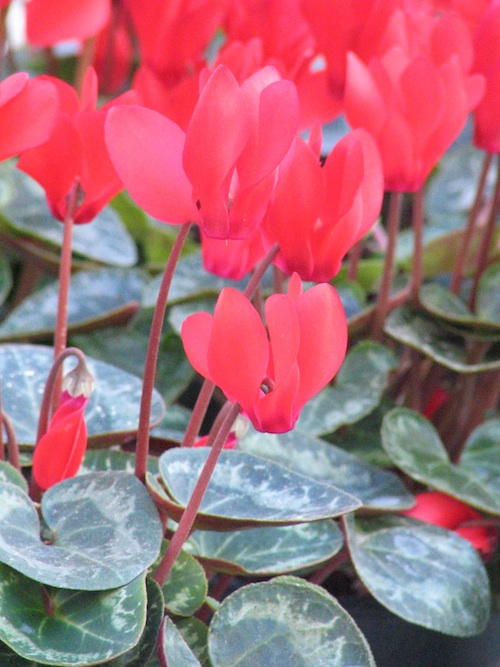

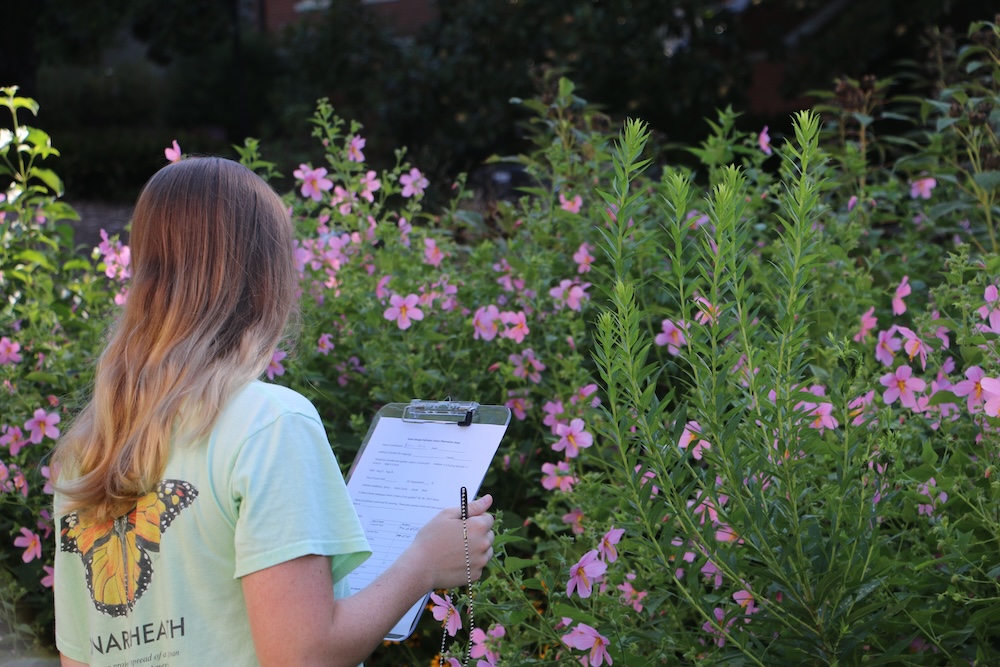
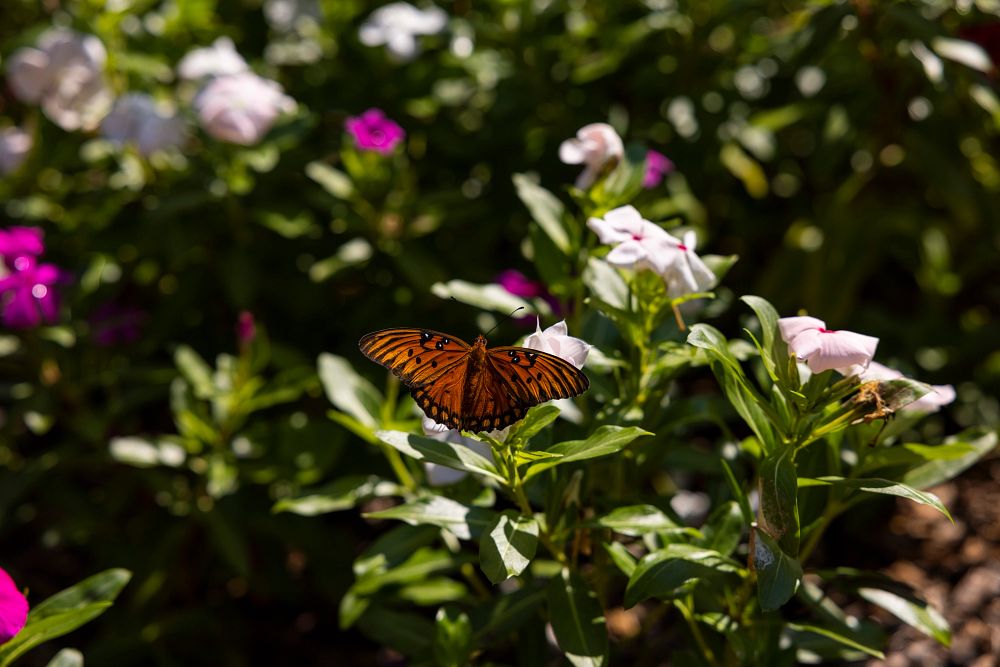
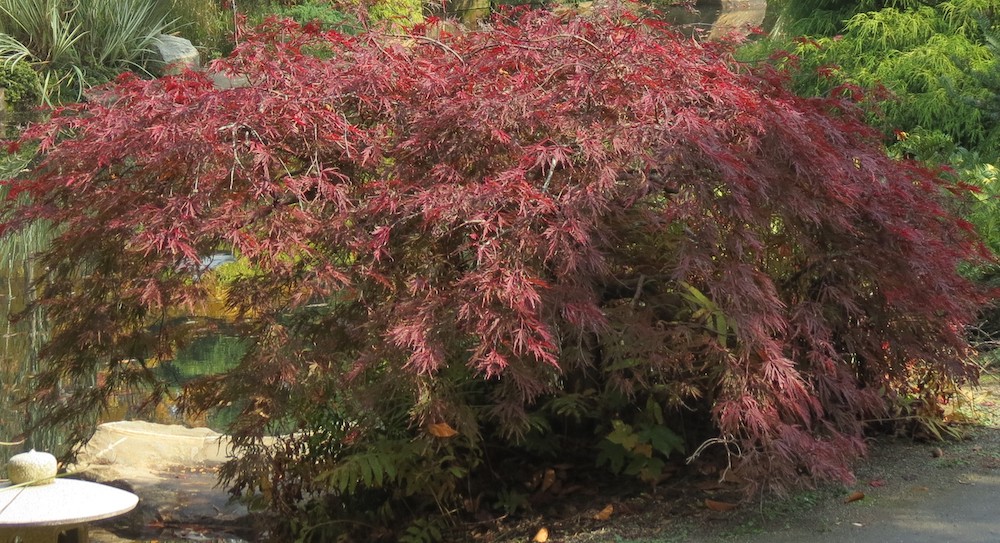
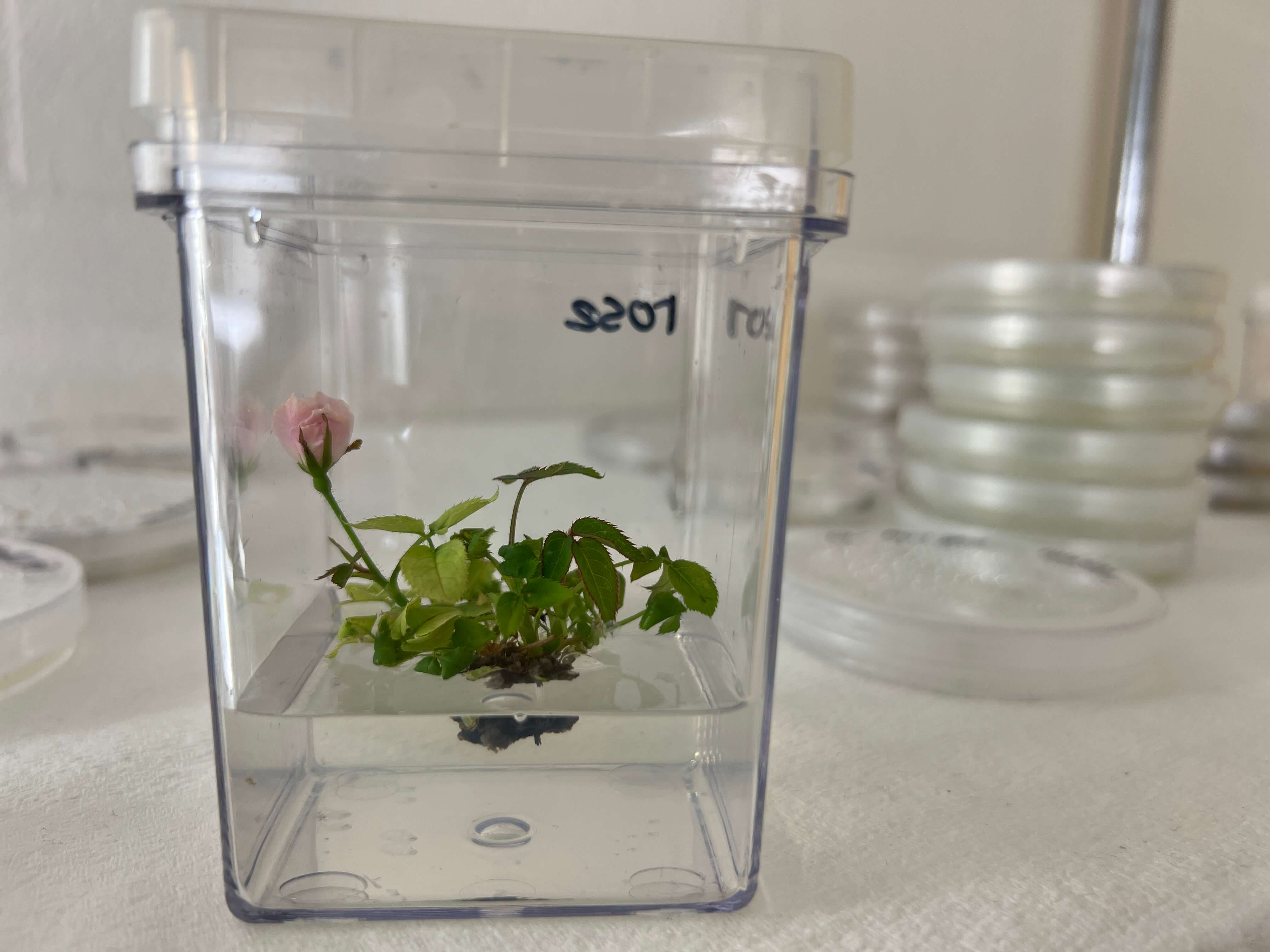
.jpg)
